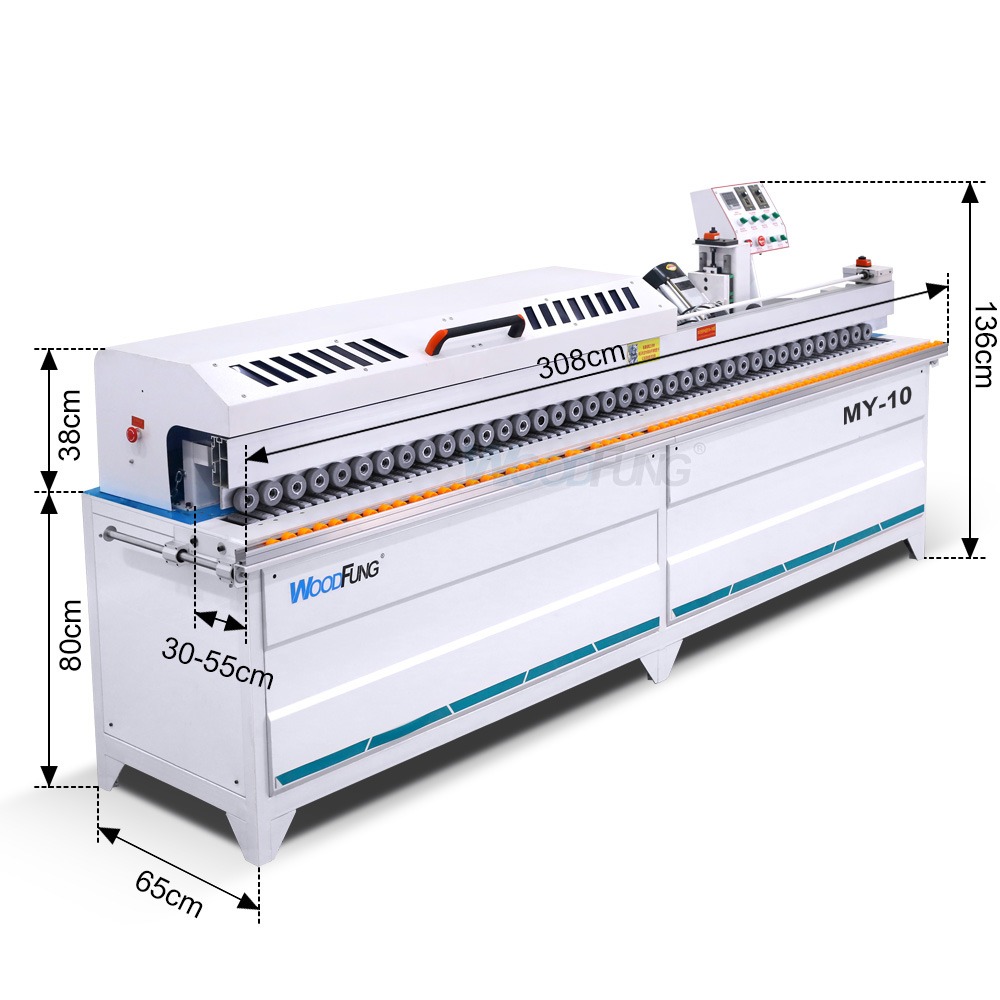Steel casting is a crucial process in modern manufacturing, enabling the production of complex and durable components used across various industries. This article delves into the intricacies of Steel casting, highlighting its significance, processes, and applications.
What is Steel Casting?
Steel casting is a metal-forming process that involves pouring molten steel into a mold to create solid objects. The result is a precise and intricate part that can withstand considerable stress and strain, making it ideal for a range of applications.
Types of Steel Casting
There are several methods of steel casting, each suited for different applications:
- Sand Casting: This traditional method uses sand molds to shape the molten steel. It’s cost-effective for producing large components but may require additional finishing processes due to surface imperfections.
- Investment Casting: Also known as lost-wax casting, this technique provides high precision and excellent surface finish. It’s ideal for producing small, complex parts, often used in aerospace and medical applications.
- Shell Molding: This process involves creating a thin shell of sand and resin around a metal pattern. It combines the benefits of sand casting and investment casting, allowing for better dimensional accuracy and surface quality.
- Die Casting: This method uses high-pressure to force molten steel into a mold, resulting in highly detailed and consistent parts. It is commonly used for mass production of smaller components.
The Steel Casting Process
1. Preparing the Mold
The first step in steel casting involves creating a mold. The mold can be made from various materials, including sand, metal, or ceramic. The choice of mold depends on the casting method used and the desired properties of the final product.
2. Melting the Steel
Steel is melted in a furnace, reaching temperatures of around 2,500°F (1,370°C). The melting process requires careful control to ensure the steel maintains its chemical composition and desired properties.
3. Pouring the Molten Steel
Once the steel is molten, it is poured into the prepared mold. This step must be executed quickly and precisely to prevent premature solidification and ensure uniformity in the cast.
4. Cooling and Solidification
After pouring, the molten steel cools and solidifies within the mold. The cooling rate affects the final properties of the steel, including strength and ductility.
5. Finishing Processes
Once cooled, the casting is removed from the mold and undergoes various finishing processes, such as machining, polishing, or heat treatment, to achieve the desired dimensions and surface quality.
Why Steel Casting Matters
Steel casting is integral to modern manufacturing for several reasons:
1. Strength and Durability
Steel castings provide exceptional strength and durability, making them suitable for critical applications in construction, automotive, aerospace, and heavy machinery.
2. Design Flexibility
The steel casting process allows for intricate designs and complex geometries that would be challenging to achieve with other manufacturing methods. This flexibility enables engineers to innovate and create unique components.
3. Cost-Effectiveness
While the initial setup for steel casting can be high, it often proves cost-effective for large production runs. The ability to produce multiple parts simultaneously reduces overall manufacturing costs.
4. Versatility
Steel casting can accommodate a wide range of applications, from small components in electronic devices to large structural elements in buildings. Its versatility makes it a valuable method in various industries.
Applications of Steel Casting
Steel casting finds applications in numerous fields, including:
- Automotive Industry: Used in engine blocks, gears, and suspension components, providing strength and reliability.
- Aerospace: Critical components like turbine blades and structural parts rely on the precision and durability of steel castings.
- Construction: Steel castings are used in heavy machinery, cranes, and structural supports, ensuring safety and stability in construction projects.
- Oil and Gas: Components such as valves and pumps are often made from steel castings to withstand harsh conditions.
Conclusion
The art and science of steel casting are essential to modern manufacturing, combining intricate design with robust performance. Its ability to produce strong, durable components has made it a cornerstone of various industries. As technology advances, steel casting will continue to evolve, meeting the demands of a changing world.
For more information on steel casting and its applications, visit Samarcom.


